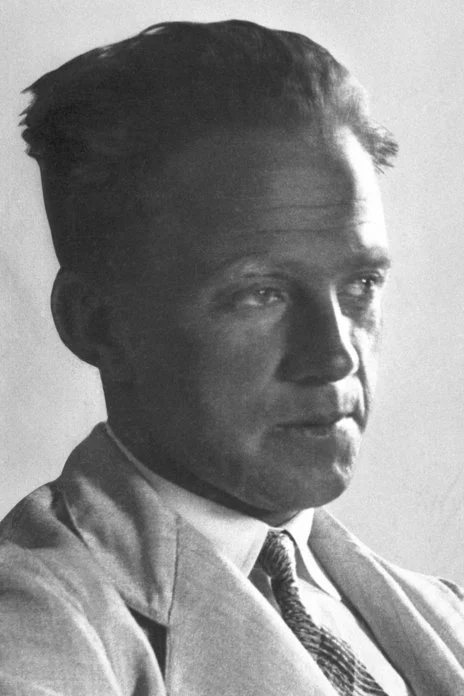The uncertainty principle is one of the most famous aspects of quantum mechanics. This idea was proposed by a German physicist, Werner Heisenberg, in 1927 and so it is also called as Heisenberg uncertainty principle.
Heisenberg uncertainty principle is applicable to all matter waves. By using this principle, we can find the uncertainty of any two conjugate properties, whose dimensions happen to be joule-sec. Like position & momentum or time and energy.

Heisenberg was a great theoretical physicist and one of the main pioneers of the theory of quantum mechanics. Apart from the uncertainty principle, he published a series of papers with Max Born and Pascual Jordan during those years, in which his matrix formulation of quantum mechanics was substantially elaborated. He was awarded the 1932 Nobel Prize in Physics “for the creation of quantum mechanics”.
The uncertainty principle for position and momentum states that
the position and the velocity of an object cannot be measured simultaneously with the multiplication of uncertainties in the position and velocity to be less than \frac{h}{4\pi}.
Mathematically, it is stipulated as;
\begin{aligned}\Delta x \times \Delta p &\geq \dfrac{h}{4\pi}\\\end{aligned}
Where, \Delta x is the uncertainty in position, \Delta p is the uncertainty in momentum and h is Planck’s constant (about 6.626 \times 10^{−34} \rm \ Joule-second).
In fact, the concept of exact position and exact velocity together have, no meaning in nature. But for the case of an ordinary object, say, a car or a train, it is easy to measure both the position and the velocity together, because the uncertainties implied by this principle for ordinary objects are too small to be observed.
So, this principle is significant only for exceedingly small particles having very low mass, like atoms and subatomic particles. It applies to only dual-natured microscopic particles and not to a macroscopic particle whose wave nature is minimal
Uncertainty in Velocity
The uncertainty in the velocity, \Delta V, and the uncertainty in momentum, \Delta p are related as;
\begin{aligned}\Delta p &= m \Delta V\\\end{aligned}
So, the uncertainty in the velocity will be
\begin{aligned}\Delta V &= \dfrac{\Delta P}{m}\\\end{aligned}
Uncertainty in Energy and Time
According to the Heisenberg uncertainty principle, it is impossible to measure the energy and time of a particle simultaneously with the multiplication of uncertainties in the energy and time to be less than \frac{h}{4\pi}.
That is, the uncertainty in energy \Delta E and the time \Delta t is related by an equation;
\begin{aligned}\Delta E \times \Delta t &\geq \dfrac{h}{4\pi}\\\end{aligned}
The above relation holds, for an unstable atom or nucleus, between the uncertainty in the quantity of energy radiated and the uncertainty in the lifetime of the unstable system as it makes a transition to a more stable state.
